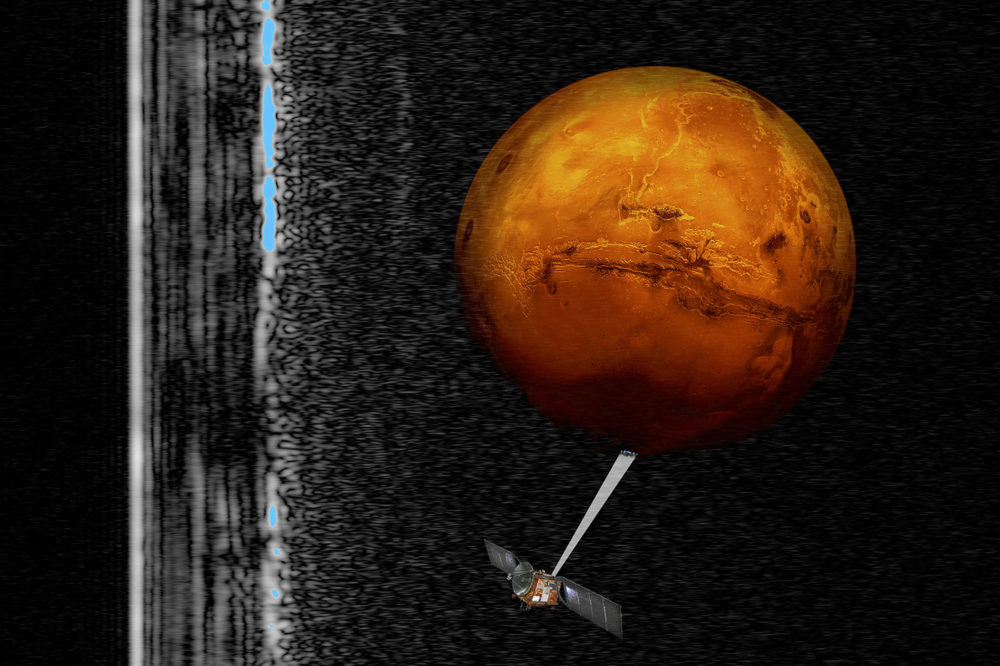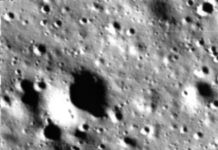
By Molly Callahan
News at Northeastern
The search for life on Mars—and the quest to send humans to Mars—just got one step closer. For the first time, scientists have discovered a large, watery lake beneath an icecap on the Red Planet.
The discovery is “very exciting,” said Taskin Padir, associate professor of electrical and computer engineering at Northeastern, whose work has focused on finding ways to explore Mars by robot. “These natural resources will be invaluable when we send people up there.”
Cordula Robinson, associate teaching professor in the Geographic Information Technology program, who has worked at the German Aerospace Center and studied the geography of Mars, echoed Padir’s excitement.
“My sense is both the European- and American-based researchers are pretty stoked about this; it’s fairly conclusive,” she said of the discovery.
Robinson explained that scientists used orbiting radar technology to scan below the Martian surface. The long electromagnetic waves penetrate rough surfaces without damaging them, and based on how they bounce back, scientists can determine what they bounced off of. The results that came back were best matched to “water-bearing materials,” Robinson said.
“It’s pretty profound. The study is based in really solid science,” she said.

Two of the biggest questions now are how extensive this subsurface water system is, and whether it contains the organic matter necessary to support life.
“Depending on how pervasive this is, it could really change the whole game of how we’re thinking about Mars,” Robinson said.
And, if we’re to put humans on the Red Planet, we’ll need a local water source. Northeastern can help with that, too.
Just last month, a team of Northeastern students won the 2018 NASA Mars Ice Challenge by designing a robotic device that can drill beneath the thick layers of dirt and ice on Mars to tap into the liquid water underneath.
They built a remote-operated robotic device comprised of a drill, an excavator, and a heating element to penetrate the dirt, melt the ice, and pump clean water up to the surface. What set their robot apart from the other designs was its ability to drill fewer holes but excavate more surface area than other machines. That meant the system could pull out more water with less effort.
The design will be helpful even if the Martian water is closer to the surface than anticipated. “We’ll still need to drill, still need suction, and given the temperatures on Mars, any exposed liquid water would freeze, so there still needs to be a way to turn ice into water,” Padir said.
He added that the discovery of liquid water stands to make a human trip to Mars more feasible.
“Knowing even a little bit more about Mars will make the trip that much easier,” Padir said. “In that general context, I think this is a step toward realizing that mission.”
(Reprinted with permission from News at Northeastern.)












